As of 2019 – there are 16 types of official national holidays in Japan, making up a total number 18 public holidays. This means that there are 18 three-day weekends in a year! That a lot of free vacations!
In this article, you will learn about the background of each national holiday and how people celebrate them.
Also, take note of these national holidays and plan your travel schedule wisely.
Latest national holiday schedules for the year 2019 and 2020 at the end of this article!
Content
New Year’s Day-Shogatsu-1st Jan (2019 & 2020)
Coming of Age Day – Seijin no hi – 14th Jan 2019 / 13th Jan 2020
National Foundation Day – Kenkokukinen no hi – 11th Feb (2019 & 2020)
Emperor’s Birthday – Tennou tanjoubi – 23rd Feb 2020
Vernal Equinox Day – Shunbun no hi – 21st March 2019 / 20th March 2020
Showa Day – Showa no hi – 29th April (2019 & 2020)
Constitution Memorial Day – Kenpou kinenbi – 3rd May (2019 & 2020)
Greenery Day – Midori no hi – 4th May (2019 & 2020)
Children’s Day – Kodomo no hi – 5th May (2019 & 2020)
Marine Day – Umi no hi – 15th July 2019 / 23rd July 2020
Sports Day – Supo-tsu no hi -14th Oct 2019 / 24th July 2020
Mountain Day – Yama no hi – 11th Aug (2019 & 2020)
Obon – 13th Aug to 15th Aug (2019 & 2020)
Respect for the Aged Day – Keirou no hi – 16th Sep 2019 / 21st Sep 2020
Autumn Equinox Day – Shubun no hi – 23rd Sep 2019 / 22nd Sep 2020
Culture Day – Bunka no hi – 3rd Nov (2019 & 2020)
Labor Thanksgiving Day – 23rd Nov (2019 & 2020)
正月(SHOGATSU): New Year’s Day
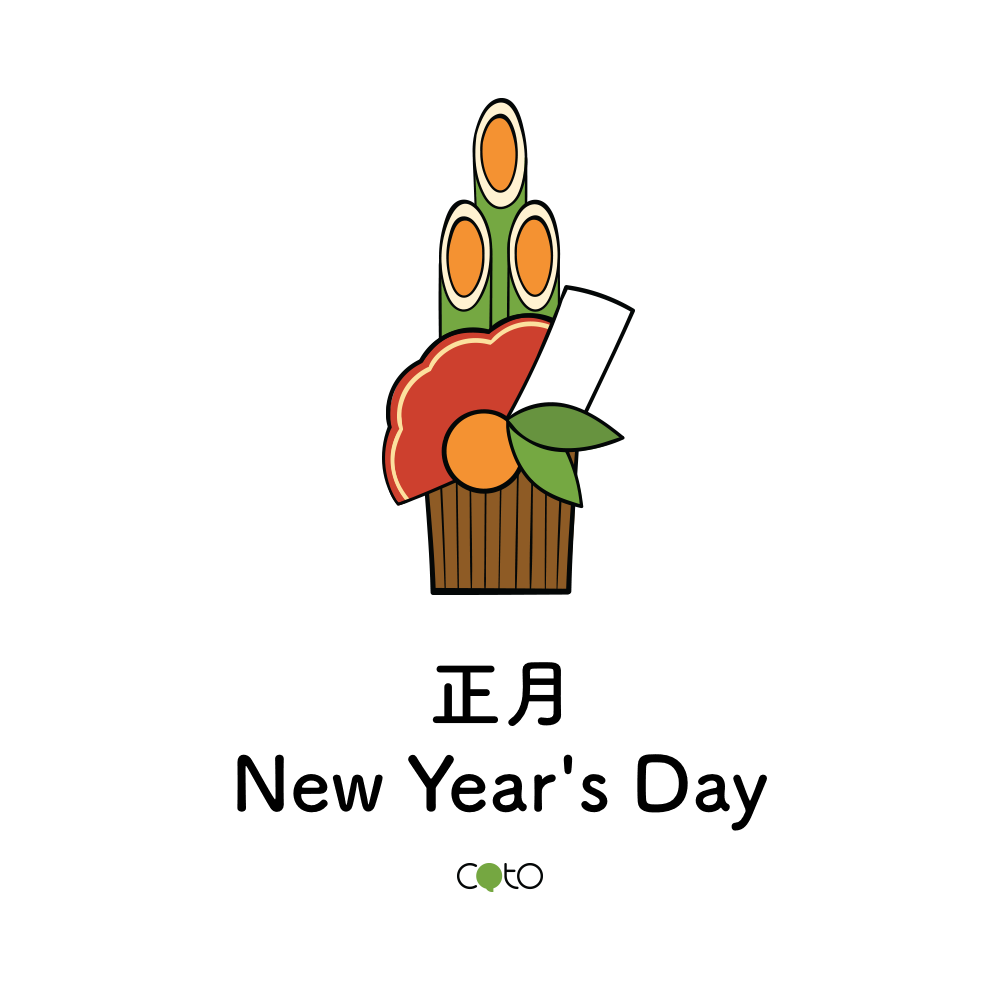
In Japan, the start of a year is commemorated with a national holiday – New Year’s Day. It is the first public holiday in a year and is seen as one of the major festivals in Japan. It is the beginning of the “正月(しょうがつ Shougatsu)” which usually last for 3 days. Although the public holiday is only on 1st Jan, many businesses and shops shut down during the entire 正月 period.
正月 is a great opportunity for families to take a break from a year’s hard work reunite and. It is also the time for 初詣(Hatsumoude) – visiting a shrine or temple and pray for a year’s good luck.
Read more about New Year’s day from this article – New Year’s Day (元日): A Time for Tradition
成人の日(Seijin no hi): Coming of Age Day
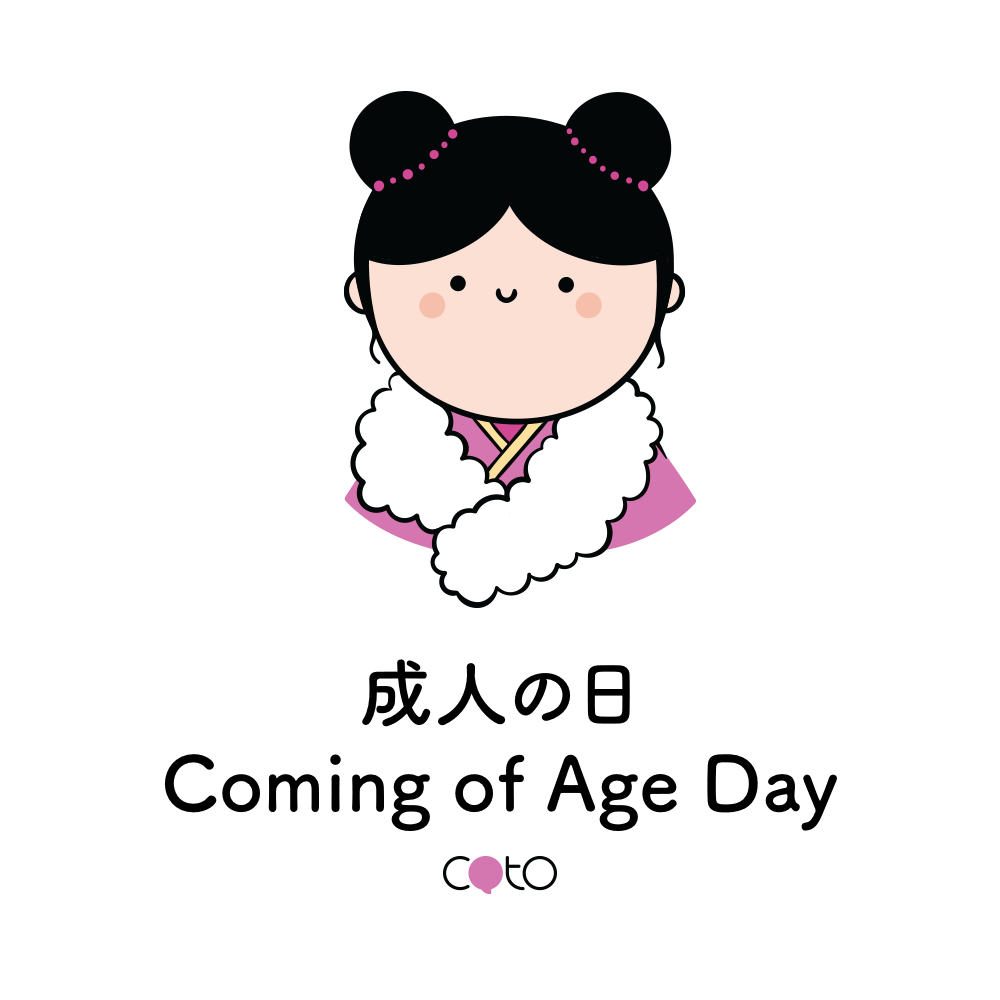
The second Monday in January is The Coming of Age Day (成人の日). It is the day to celebrate the transformation from teenagers to adults for youths who are or turning 20 years old. New adults are invited to the local ward office and participate in the Coming of Age Ceremony (せいじんしき).
Learn about the history of the Coming of Age Day, ways people celebrate the day form this article – Coming of Age Day (成人の日): A Tribute to the Youth of Yesterday and the Adults of Today
建国記念の日(Kenkokukinen no hi): National Foundation Day

National Foundation Day (Kenkoku Kinen no Hi, 建国記念の日) is a public holiday which occurs on 11th February. It is the day to commemorate the foundation of the country. On this day, people participate in National Foundation Ceremonies held at shrines and temples access japan. The most popular event going on is the National Foundation Celebration Parade at Meiji Shrine. Many marching bands from various universities participate in the parade and compete against one another.
Learn more about National Foundation Day from this article – National Foundation Day (建国記念の日): A Patriotic Holiday for Japan
天皇誕生日(Tennou tanjoubi): Emperor’s Birthday

Date Observed: 23rd Feb 2020
The birthday of the current Emperor is a public holiday in Japan. Due o the change of emperor, emperor’s Birthday is not celebrated this year. However, starting in 2020, the birthday of the new Nruhito Emperor will be a new date for this public holiday.
Learn about how people celebrate the Emperor’s Birthday from this article – The Emperor’s Birthday – a Japanese National Holiday
春分の日(Shunbun no hi): Vernal Equinox Day

Vernal Equinox Day commemorates the end of winter and the start of spring. It is the time when the sun passes over the equator from the Northern Hemisphere to the Southern Hemisphere. The specific date varies slightly every year but fall in late March. Vernal Equinox Day was on 21st March this year (2019) and is going to be 1 day earlier next year. An interesting fact about vernal Equinox Day is that people usually use it as an indicator of the blooming season for cherry blossom in Japan. As a result, this period is one of the best time to visit Japan!
Learn more about Vernal Equinox Day from this article – Vernal Equinox Day (春分の日): The Start of Spring.
昭和の日(Showa no hi): Showa Day

Showa Day is a day when people celebrate the birthday of Emperor Hirohito, the emperor of Japan during the Showa period(1926 -1989). The purpose of this public holiday is to reflect on the historical events happened during the period and encourage peace. This is one of the public holidays that make up the long consecutive holiday – Golden Week.
Learn more about Showa Day form this article – Showa Day (昭和の日): Remembering History, and Why It’s Important.
憲法記念日(Kenpou kinenbi): Constitution Memorial Day
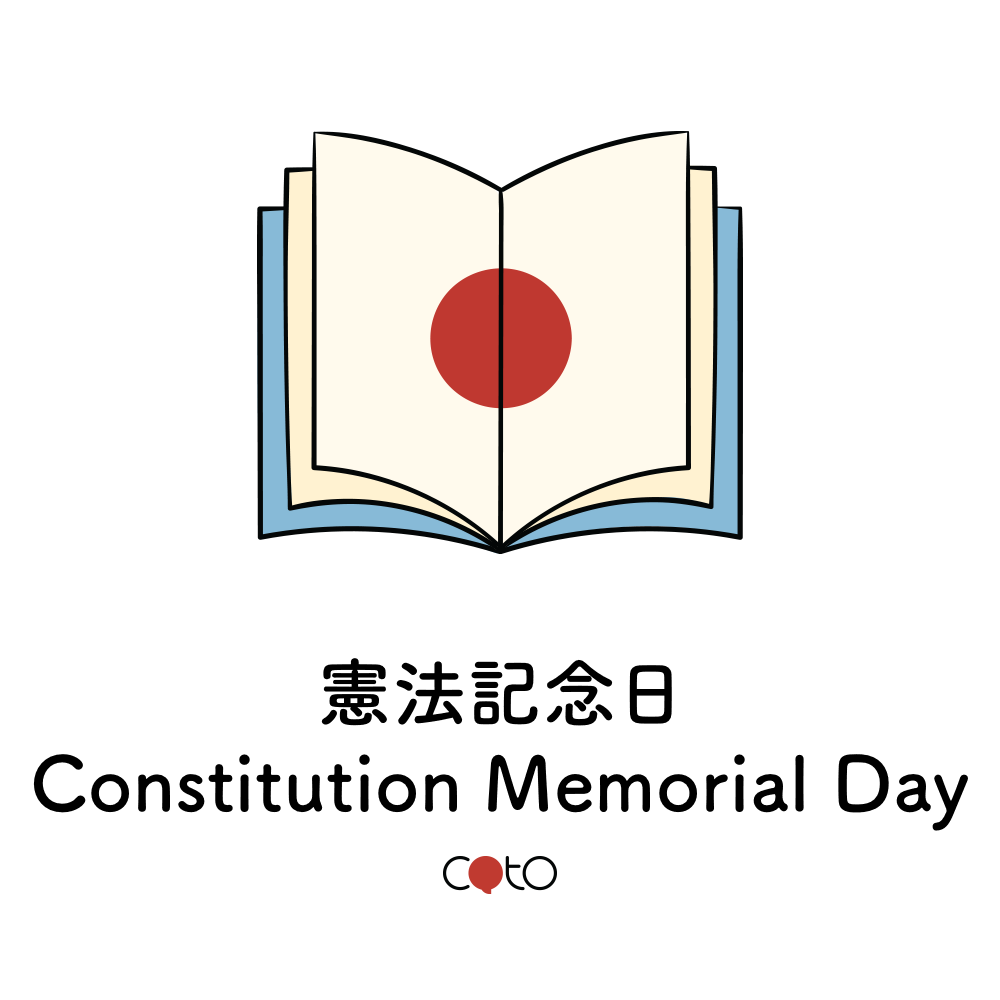
The constitution Memorial Day is a public holiday that commemorates the declaration of the post-war constitution of Japan. Like the Showa Day, the purpose of Constitution Memorial Day is to let the people reflect on Japan’s recent history and value the peace they have now. On this day, parts of the parliament building are opened to the public to visit and lectures about Japan’s recent history are held at public facilities in major cities.
Read more about Constitution Memorial Day from this article: Constitution Memorial Day (憲法記念日): A Day to Dedicated to Peace.
みどりの日(Midori no hi): Greenery Day
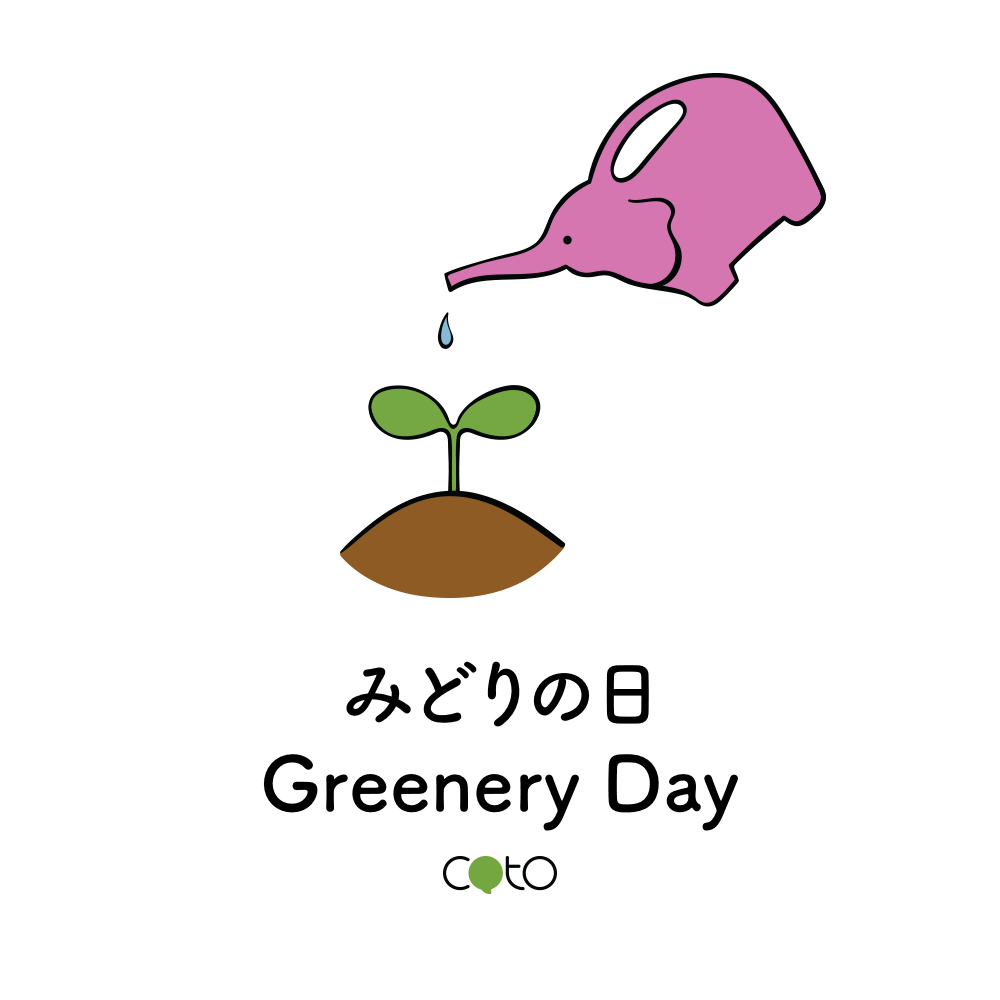
Greenery Day is a day that celebrates mother nature. It is the second public holiday that makes up the golden week. On this day, people show their appreciations to nature by going outdoor and visiting parks and gardens. People are also encouraged to contribute to the country’s environment by planting trees and plants at countrysides.
Learn more about Greenery Day from this article – Greenery Day (みどりの日): It’s Green and Blue.
こどもの日(Kodomo no hi): Children’s Day
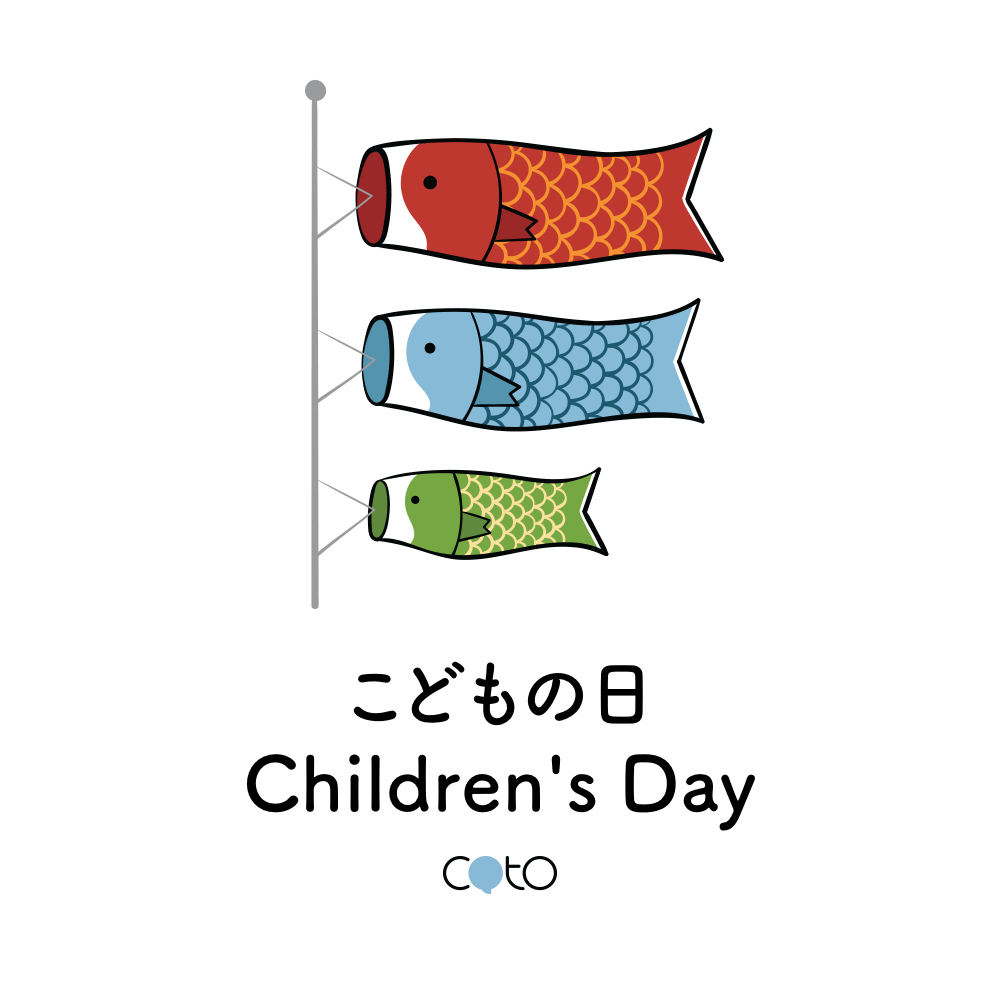
The fifth day of the fifth month is the day to commemorate children in Japan. It was originally meant only for boys and fathers, However, after WW II, the government decided to include also girls and mothers to the celebration. On this day, families in Japan make beautiful 鯉のぼり(koi nobori) and hang them on the roof of their houses. they also enjoy 柏餅(かしわもち) rice cake together at home. Children also make and wear paper かぶと(kabuto) – a traditional armor helmet that samurais equip, expressing the wish for growing up healthy.
Learn More about Children’s Day from this article – Children’s Day (こどもの日): All About this “Double Fifth” Holiday.
海の日(Umi no hi): Marine Day

Marine Day is a public holiday in Japan which is dedicated to oceans. It is a day to show gratitude to oceans that have brought so much to the island country. People celebrate Marine Day by going to the beach and enjoy water activities such as swimming, diving, and surfing. Another fun activity to do on Marine Day is participating in the Mud-ball Throwing event. People throw mudballs containing “effective microorganisms” that is seen useful for purifying waterbodies.
Learn more about Marine Day from this article – Marine Day (海の日): How and Why Japan Pay Homage to the Oceans.
体育の日(Taiiku no hi) / スポーツの日(Supo-tsu no hi): Health and Sports Day
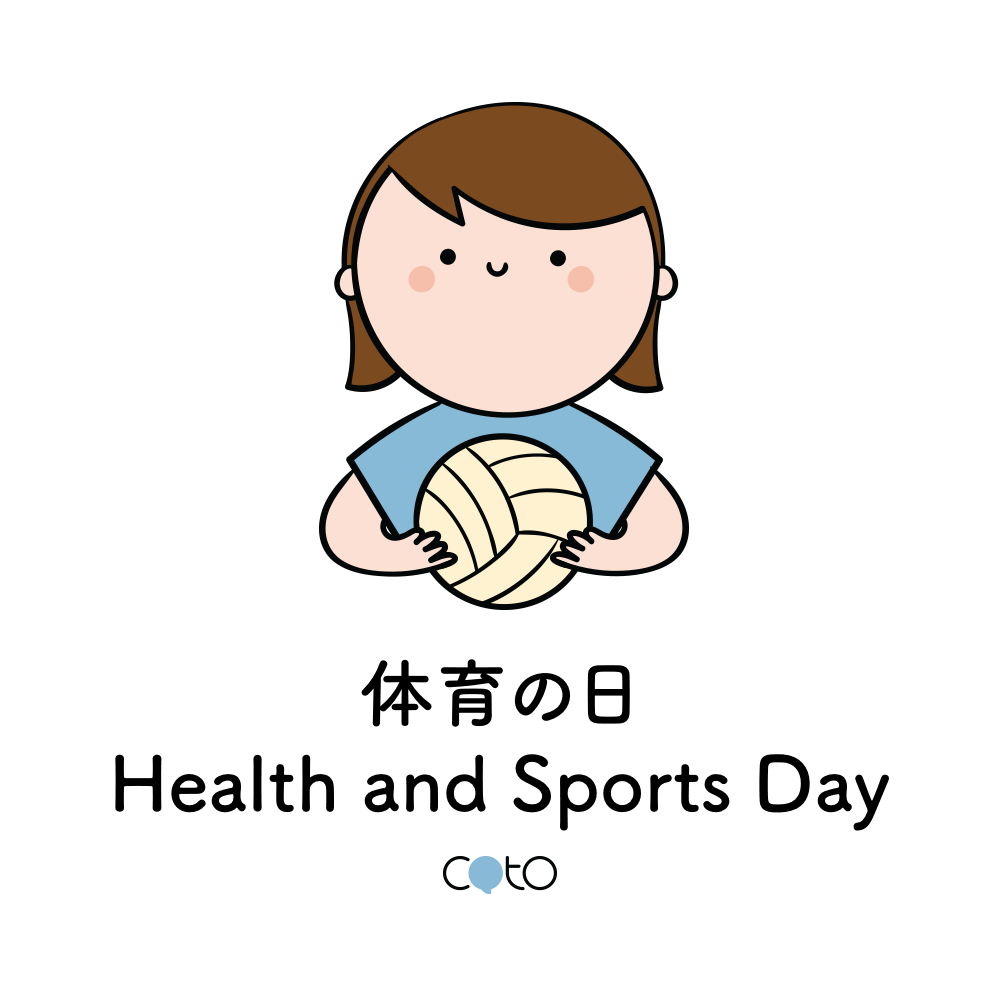
Health and Sports Day is a day that encourages people to stay healthy and active. On this day, people are encouraged to do healthy living practices such as exercising outdoor, eat healthy food and participate in social activities to bond with family and friends. Another custom of Health and Sports Day is that schools organize 運動会(undoukai) – sports events where classes compete against one another in various sports contests. by organizing sports events, students get to contribute to their classes while exercising actively.
Health and Sports Day will be renamed as スポーツの日(Supo-tsu no hi) and moved to 24th July from 2020 onwards.
Learn more about Health and Sports Day from this article: Health and Sports Day (体育の日): A Reminder of What’s Important.
山の日(Yama no hi): Mountain Day
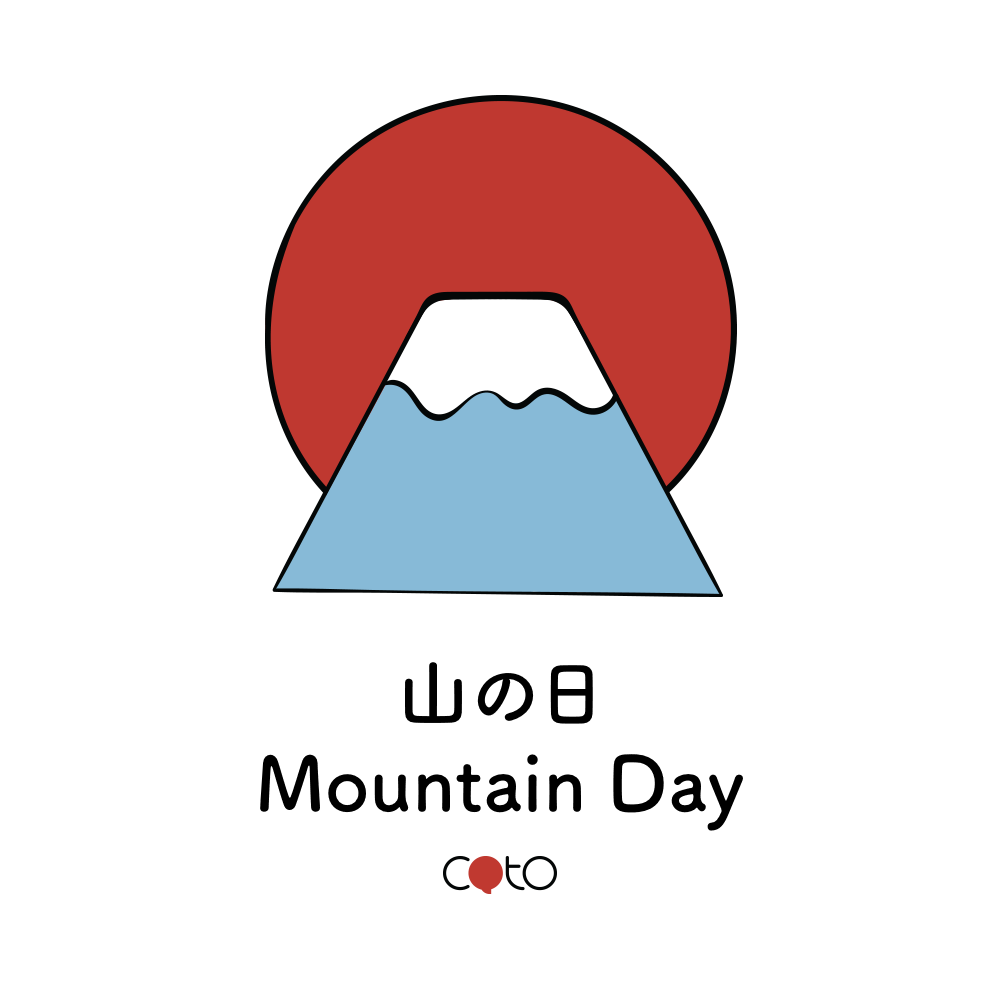
Mountain Day is a young member of Japan’s public holiday family, the first official Mountain Day happened in 2016. Mountain Day was created to commemorate the blessing of the mountains in the country. As a result, the activity to do on this day is simple and straight forward – visiting a mountain in Japan. People go for hiking, camping, and sightseeing on mountains with families and friends to get themselves out of busy cities
Read this article for mountains to visit in Tokyo – 5 Ways to ‘Get-to-Know’ Mountain Day (山の日) in Tokyo.
お盆(Obon)
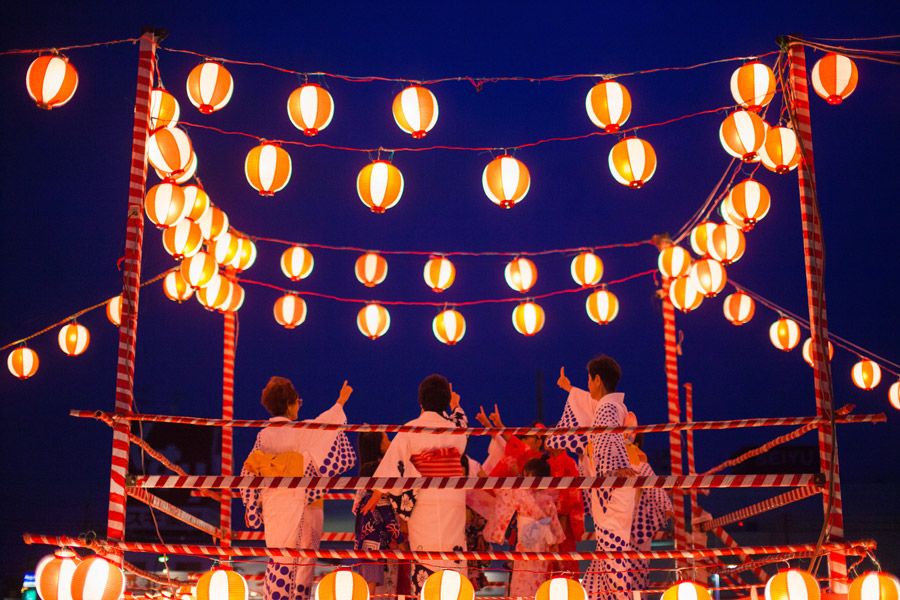
Obon is a traditional Buddhist festival in Japan for welcoming the spirits of ancestors. In the Buddhist custom, the spirits of past relatives come back to visit their children during this period. People welcome them with the 盆踊り(Bon Odori) dance which differs from region to region. People also prepare meals for the spirits, guide them home and send them back with paper lanterns.
Even though Obon is not an actual public holiday, many people take leaves during this period and return back to their home. As a result, the prices for public transportations, shinkansen, and domestic flight tickets would shoot up by a large amount.
Learn more about Obon from this article: Obon: A Japanese Tradition Honoring The Ancestors’ Spirits.
敬老の日(Keirou no hi): Respect for the Aged Day
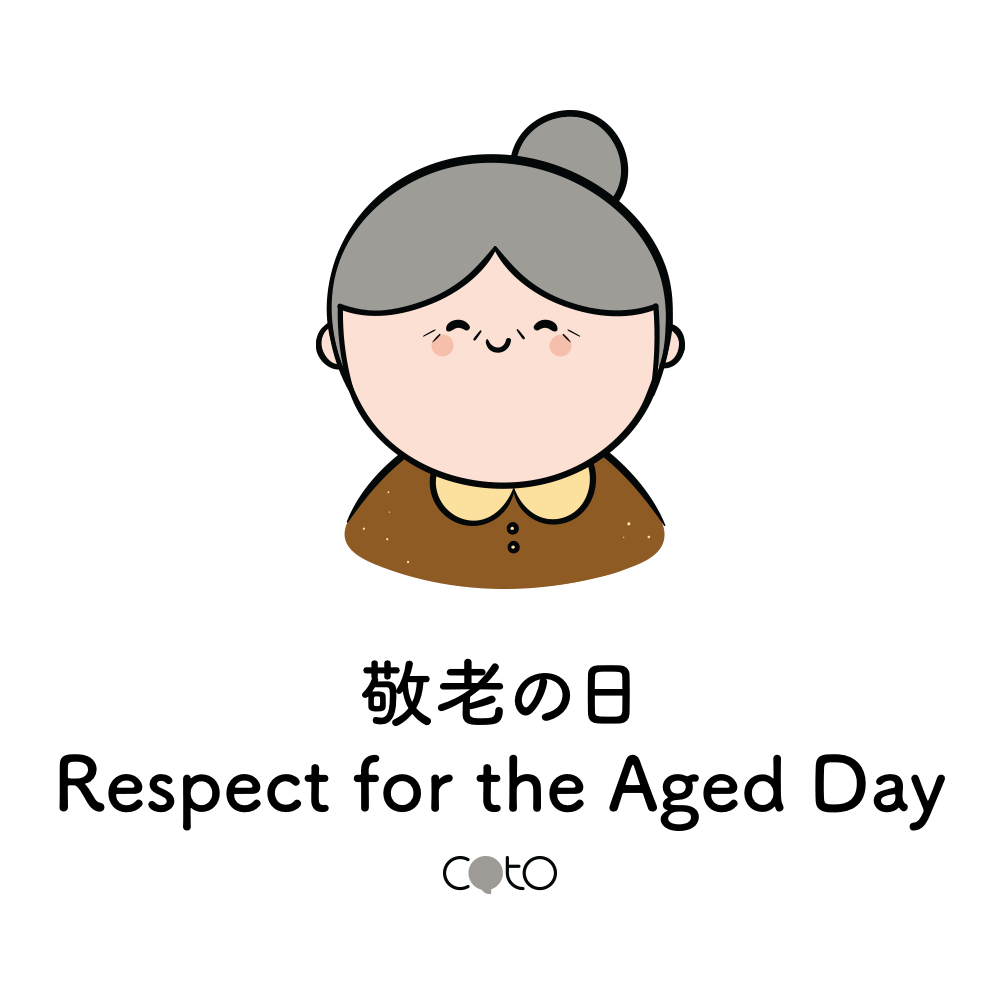
The respect for the Aged Day commemorates the elderly citizens who have contributed to the development of the country. This is a great opportunity for the younger generations to show their respect and appreciation to them. On this day, take the 3-day consecutive holiday (Sat, Sun, and Mon) to stay with the elderly family members. Neighborhood and communities would organize performance for elderly residents. There will also be volunteers offering free services for aged citizens.
Learn more about Respect for the Aged Day and ways to show your gratitude toward them from this article: Respect for the Aged Day (敬老の日): A Meaningful Holiday for Everyone.
秋分の日(Shubun no hi): Autumn Equinox Day
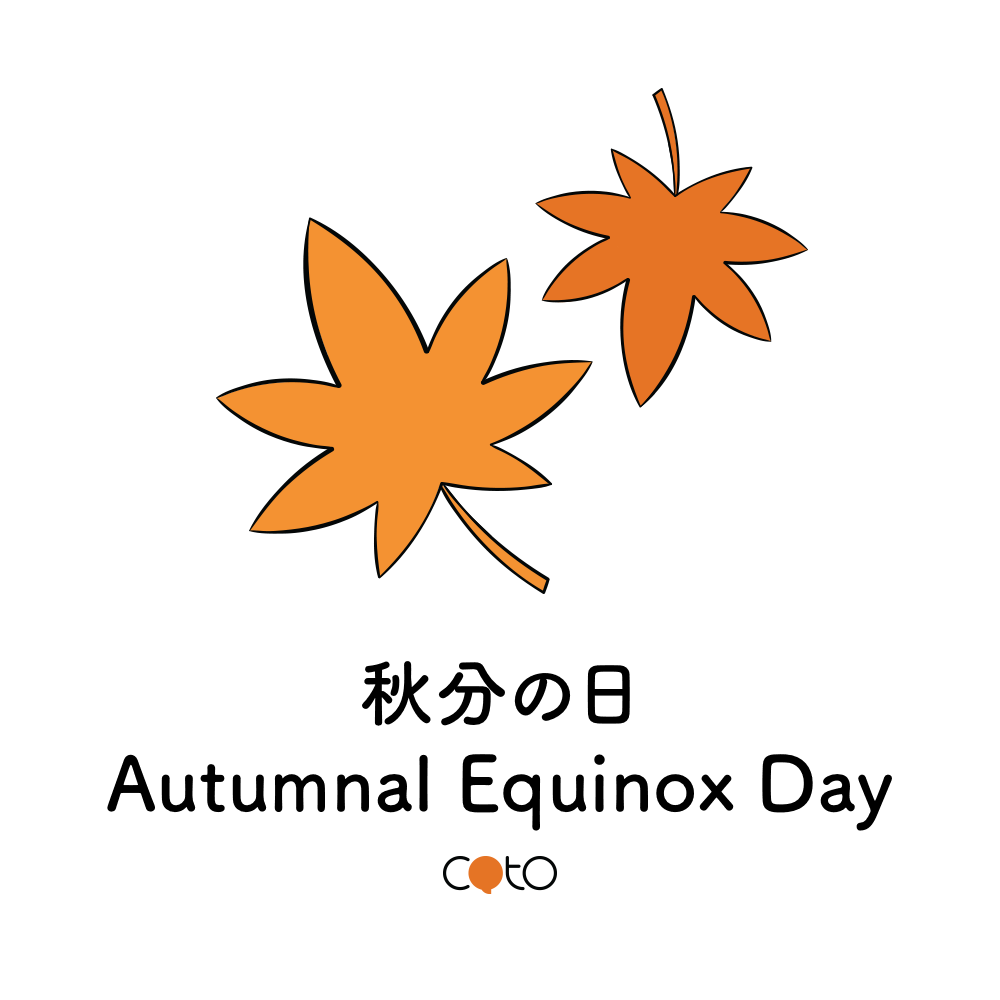
Similar to Vernal Equinox Day, Autumnal Equinox Day marks the end of summer and start of autumn. However, how this day is celebrated seems unrelated to seasons. During Autumnal Equinox Day holiday, people enjoy the cooling weather by doing outdoor activities and tasting Autumnal Equinox Day snacks. Unexpectedly, people also visit the graves of their ancestors, temples, and shrines. Wish to know why? Read this article to find out – Autumnal Equinox Day (秋分の日): More Than Just a Change of Seasons.
文化の日(Bunka no hi): Culture Day
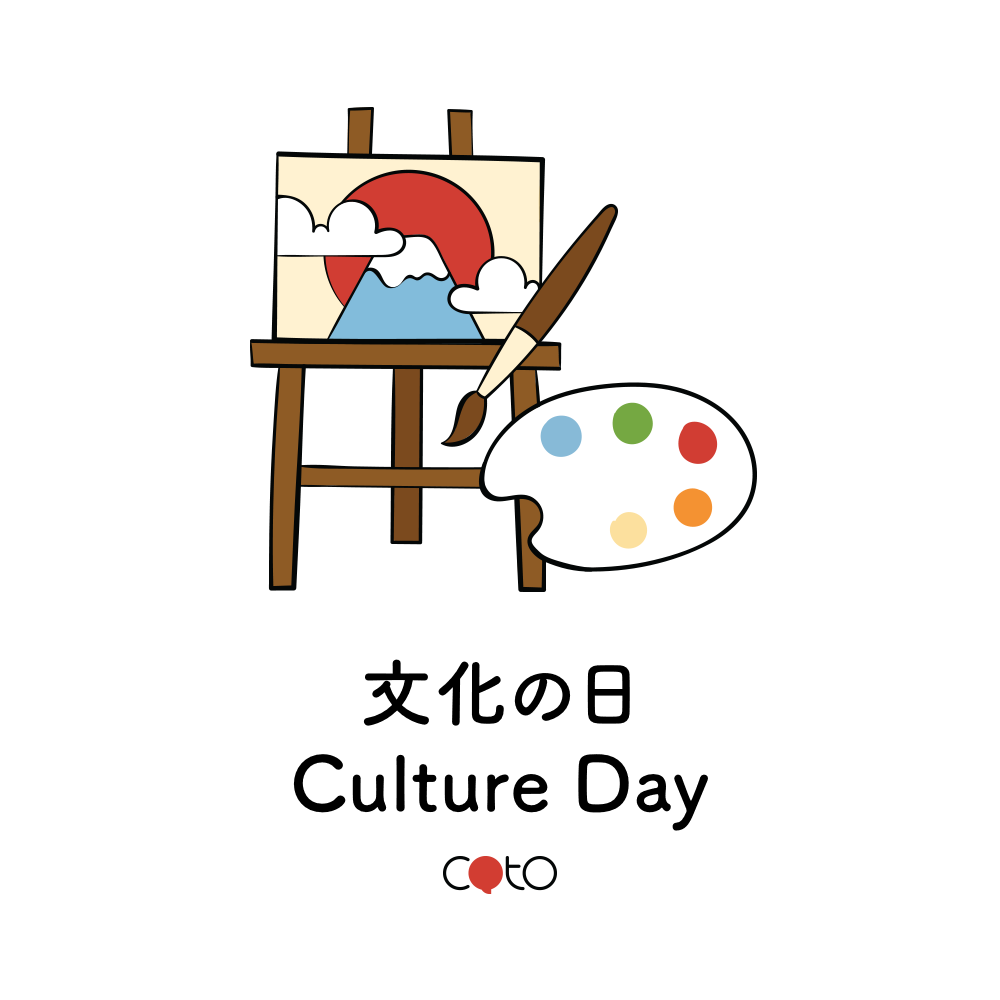
Culture Day commemorates the rich Japanese culture. It is to encourage people to value and preserve the country’s priceless cultural treasures in the country. During the holiday, governments organize cultural activities such as art exhibitions, parades and traditional performance art such as Noh and Kabuki. On Culture Day itself, an award ceremony is held at the Imperial Palace every year. It is to award people who have significant contributions to cultures not limited to Japanse.
Learn more about Culture Day in Japan, know the story behind the creation Culture Day from this article – Culture Day (文化の日): 5 Ways to Celebrate the Holiday that Commemorates Peace
勤労感謝の日(Kinrou kansha no hi): Labor Thanksgiving Day
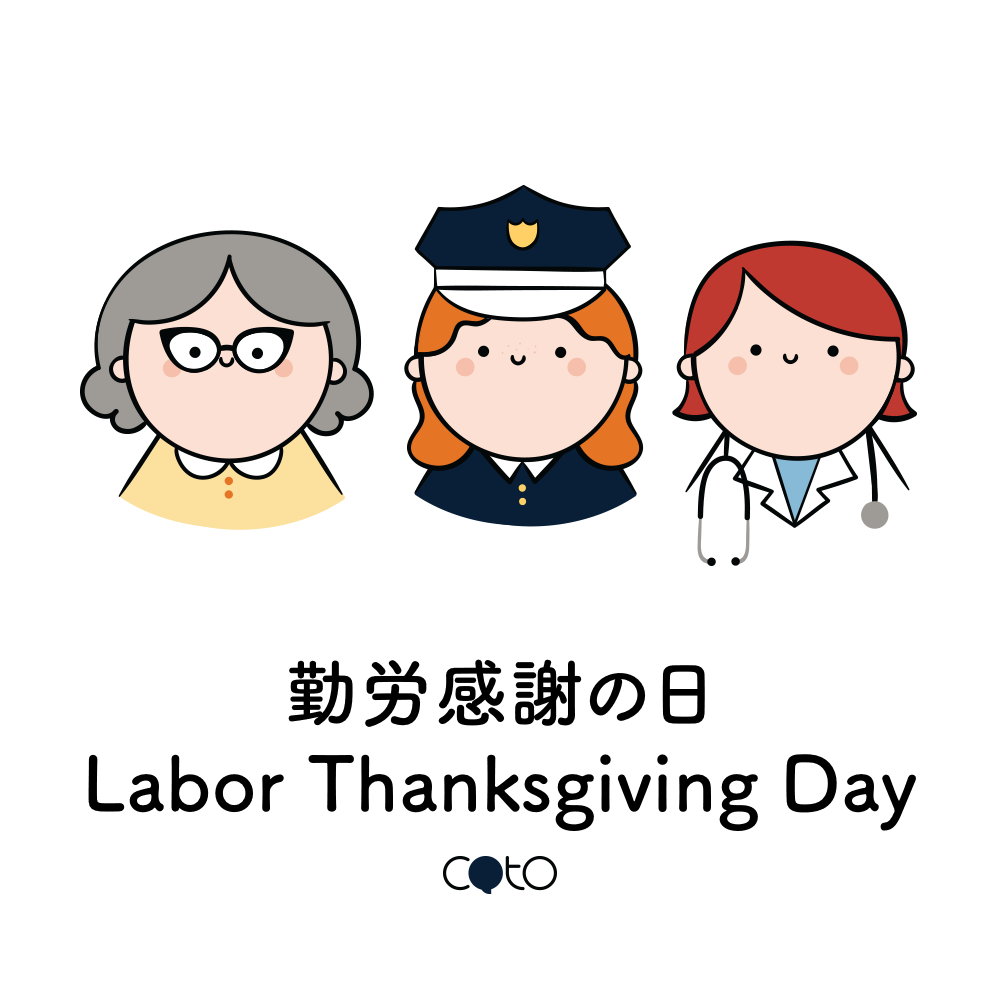
Dates Observed:23rd November (2019 & 2020)
Labor Thanksgiving Day is a day to show gratitude to labors working in the workforce. Labor Thanksgiving Day is developed from the ancient festival of cultivation – Niiname Sai. It became Labor Thanksgiving Day only after WW II. On this day, students from elementary and middle school send thank-you cards and gifts to civil servants such as policemen, firefighters, and doctors to appreciate their hard work. Some business would also organize an award ceremony to thank and award top-performing employees.
Learn more about Labor Thanksgiving Day from this article – Labour Thanksgiving Day (勤労感謝の日): Two Holidays in One?
National Holiday Schedules for 2019 and 2020
| English Name | Japanese Name | 2019 Schedule | 2020 Schedule |
| New Year’s Day | 元日 | – | 1st January |
| Coming of Age Day | 成人の日 | – | 13th January |
| National Foundation Day | 建国記念の日 | – | 11th February |
| Emperor’s Birthday | 天皇誕生日 | – | 23rd February |
| Vernal Equinox Day | 春分の日 | – | 20th March |
| Showa Day | 昭和の日 | – | 29th April |
| Constitution Memorial Day | 憲法記念日 | – | 3rd May |
| Greenery Day | みどりの日 | – | 4th May |
| Children’s Day | こどもの日 | – | 5th May |
| Compensatory holiday | 振替休日 | – | 6th May |
| Marine Day | 海の日 | – | 23rd July |
| Sports Day | スポーツの日 | 14th October | 24th July |
| Mountain Day | 山の日 | 11th August | 10th August |
| Compensatory holiday | 振替休日 | 12th August | – |
| Obon* | お盆 | 13th August – 15th August | 13th August – 15th August |
| Respect for the Aged Day | 敬老の日 | 16th September | 21st September |
| Autumn Equinox Day | 秋分の日 | 23rd September | 22nd September |
| Enthronement Ceremony | 即位礼正殿の儀 | 22nd October | – |
| Culture Day | 文化の日 | 3rd November | 3rd November |
| Compensatory holiday | 振替休日 | 4th November | – |
| Labor Thanksgiving Day | 勤労感謝の日 | 23rd November | 23rd November |
*Obon is not a national holiday. However, most people are able to take leaves during this period.
“-” sign means that the date has past or is not applicable
If you are thinking of learning Japanese during your off-day, give a try to our flexible scheduling Japanese Courses!